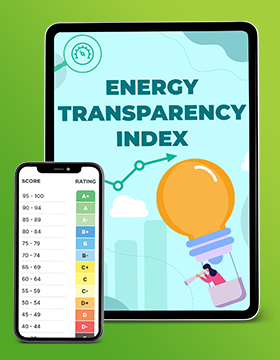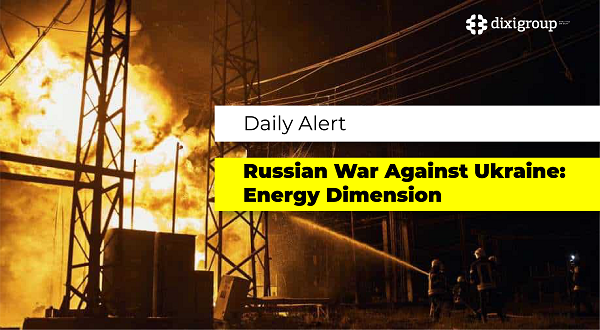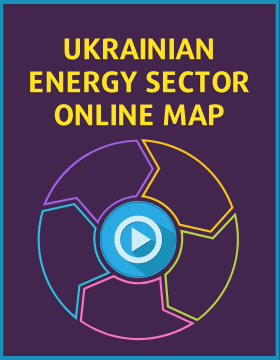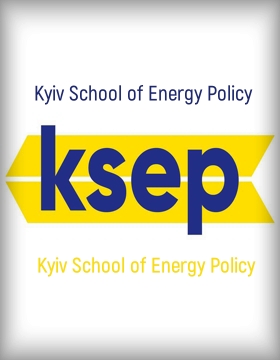Clash of the Titans: Chevron beats Exxon in asset race
How the struggle between two giants will affect the balance of power in the global oil market

The American oil and gas corporation Chevron won a protracted legal dispute with its main competitor Exxon Mobil and got the opportunity to close the largest deal in recent decades - the acquisition of Hess for $ 53 billion with access to a large oil field in Guyana, which is one of the most promising in the world.
"Ukrainian Energy" has understood the consequences of this event for the leaders of the oil market in the US, as well as the geopolitical components that determine the prospects of their business - in particular, in Guyana, which has become a delicacy in the struggle for control over the resources of "black gold".
Strategic advantages
As reported by The Wall Street Journal, an arbitration panel of three international judges last week allowed Chevron to complete the deal to buy Hess, rejecting Exxon's contractual complaint about the priority right to a share of Hess in a large-scale oil project in the South American country of Guyana, which borders Venezuela. Following this decision, Chevron quickly closed the deal and announced its intention to include John Hess, an oil industry veteran and co-founder of Hess, on the board of directors.
The plans to merge the companies were first announced in the fall of 2023. Now Chevron has been able to increase its production capacity by more than 10% (it was about 3 million barrels per day), and most importantly, expand access to an extremely promising field in Guyana: the assets include a 30% interest in the Stabroke offshore project jointly with Exxon, whose reserves are estimated at 11 billion barrels of oil. In the United States, as a result of the deal with Hess, Chevron receives part of the Bakken shale deposits in North Dakota, and in the Southeast Asia region - gas projects.
The Stabroke project in the Atlantic Ocean, which gave rise to the corporate dispute, currently produces about 650 thousand barrels per day, and by 2027 this volume should increase to 1.2 million. Exxon is the operator of the project and owns a 45% stake, another 25% belongs to China National Offshore Oil Corporation (CNOOC). Both companies had a priority right to buy out a share of the field, and it was on this basis that Exxon filed a lawsuit in March 2024, but, as is now understood, failed in its intentions to oust Chevron.
After the arbitration loss, Exxon issued a statement in which it noted its commitment to shareholders to continue the case. “Given the significant value we have created in the development of the field in Guyana, we believed that we had a clear obligation to investors to take into account our preemptive rights to protect our own interests,” the statement said.
For the sake of investors
“The dispute with Exxon has long weighed on Chevron’s stock price and effectively froze its largest deal in decades for nearly two years. During the same period, Chevron has faced cost overruns and delays on a major oil project in Kazakhstan and difficulties in the Permian Basin in the United States. In May, the company lost a license obtained under President Joe Biden’s administration that allowed for significant oil production in Venezuela,” the WSJ notes, describing the context of events that unfolded around Chevron’s business during the fight for Hess.
Now that the deal is closed, investors believe that Chevron has received a powerful impetus to dispel long-standing doubts about its growth prospects. Previously, the market was worried that the company’s portfolio of assets after 2030 looked much weaker than Exxon’s. Now, the growth prospects of both players – Exxon and Chevron – look much closer. “It certainly helps in the long run and removes a lot of uncertainty, narrowing the gap between the closest competitors,” explained TD Cowen analyst Jason Gableman.
Global ambitions
Chevron CEO Mike Wirth personally commented on the victory. In an interview with Bloomberg, he said that the deal with Hess turns the company he leads into a “leading international oil corporation.” According to him, Chevron has launched three new projects in the Gulf of Mexico over the past year.
In addition, Chevron is benefiting from the expansion of production at the Tengiz project in Kazakhstan and is approaching the one million barrels per day mark in the Permian Basin, the largest oil field in the United States.
Mike Wirth also emphasized the company’s positions in Argentina, where shale oil production is growing, and on promising geological exploration in the Eastern Mediterranean. This concerns natural gas production in Israel, in the large offshore fields of Leviathan and Tamar, and promising blocks in Greece and Egypt. These are not just regional projects - they are a strategic part of the energy architecture of the region with direct access to the European gas market.
“We have growth in our portfolio in both the short and long term. And, of course, the accession of Hess makes these positions even stronger,” said Mike Wirth. The deal, he added, will also reduce the marginal oil price needed to cover capital expenditures and dividends - to a level below $50 per barrel as early as next year.
Historically, Exxon has had the advantage over Chevron, with higher production and higher profits. But during the pandemic, Chevron’s market capitalization temporarily surpassed its main competitor. Since then, Exxon’s management has cut more than $12 billion in structural costs and strengthened the company in case of a drop in oil and gas prices.
As for Venezuela, as the WSJ notes, Chevron has been actively lobbying the Donald Trump administration to retain the right to extract oil in that country. But the company has been unable to overcome pressure from Florida lawmakers who have threatened to block the budget that Trump has insisted on unless he forces Chevron to leave Venezuela.
As a result, the White House in April agreed to grant Chevron a limited license to maintain key infrastructure, but banned oil imports. This was part of a campaign of pressure on Caracas to negotiate democratic reforms. This decision effectively put Chevron on standby for one of its key assets, similar to the three-year pause in operations in Venezuela that began in January 2019 during Trump’s first term. At the time of the suspension of operations, Chevron’s production in the country was about 300,000 barrels per day - almost a quarter of all Venezuelan production.
Guyana’s attractiveness
In addition to Chevron and CNOOC, Qatar’s QatarEnergy, France’s TotalEnergies and Malaysia’s Petronas also operate in Guyana. The government’s declared production level of almost 1 million barrels of oil per day by 2027 is capable of turning this small and relatively poor country into one of the oil leaders in the region.
According to estimates by the consulting company Rystad Energy, this will bring Guyana more than $6 billion a year. On a global scale, this is not so much – both in terms of resources and production volume.
Guyana’s proven and available reserves are approximately 5.5 billion barrels; the total, according to some estimates, may be several times higher and equal to the reserves of some OPEC countries, although lower than those available to such heavyweights as Kuwait or Iraq. But for Guyana itself, which is already considered a raw oil country, this is more than significant. The aforementioned prospective revenues of $6 billion are a figure that can be compared with its current GDP, and some forecasts claim that oil will provide the country’s economy with even more powerful growth – from 300% to 1000% over the next decade.
Balance of Power
Despite the significant increase in oil production and strong prospects, Guyana is not going to join the OPEC or OPEC+ alliance and adhere to their rules in its development. This gives the country a strategic advantage: to freely increase and adjust export volumes, taking advantage of the dynamics of market oil prices and global demand for supplies in its own interests.
However, such a policy is causing concern in OPEC. The Gulf countries, which are members of the cartel and from time to time resort to reducing production to maintain high prices, see Guyana as a new “competition from the South”.
Analysts predict that in the medium term, Guyana’s oil may become a key factor in the balance of power between traditional exporters united in OPEC and new producers outside the cartel. The latter also include the United States, which, according to the US Energy Information Administration, has held the world leadership in oil production for the seventh year in a row thanks to the shale revolution, ahead of the traditional heavyweights of the industry - Saudi Arabia and Russia.
The strengthening of American energy corporations in Guyana and their support for oil production in the country's fields could change the balance of the world oil market and weaken OPEC's influence. Trying to avoid such a scenario, back in the summer of 2023, the cartel allegedly offered Guyana to join it, WSJ sources claimed. However, the country's authorities have chosen an independent policy. "We just want to hide in a corner for a while and put our national affairs in order," explains Guyana's vice president, Bharat Jagdeo.
Now, after the settlement of the dispute between Chevron and Exxon, which hindered the development of Guyana's largest oil deposits, it becomes obvious that the country has the opportunity to receive an impetus for economic development thanks to powerful American investments in a promising industry and a strategic partnership with Washington.
Reference "Ukrainian Energy"
The Cooperative Republic of Guyana is a state in the northeast of South America, a former British colony that gained independence in 1966. The total area is 214,969 km. The capital and largest city is Georgetown.
It is washed by the Atlantic Ocean to the north, borders Venezuela to the west, Brazil to the south, and Suriname to the east. The only English-speaking country on the continent and the only continental country in South America where there has never been a coup.
In December 2023, Guyana came under pressure from Venezuela, led by the regime of Nicolas Maduro. He sought to annex the so-called Essequibo territory. This territory occupies about two-thirds of Guyana, and it is there that promising oil reserves were discovered.
Svitlana Dolinchuk, specially for "Ukrainian Energy"








